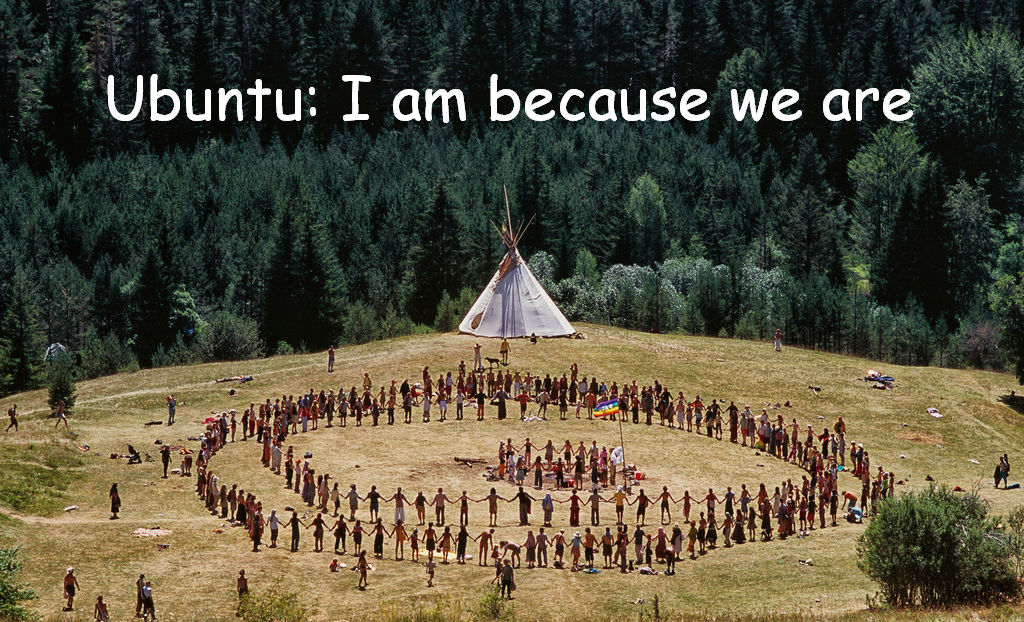Diversity and inclusion initiatives appear to be quite similar to European law.
It's a must have for policy makers in order to govern and control, but the why behind it is missing. Similar to standing too close to an object and only seeing part of it. Yet when taking a step back it's easier to see the actual object. It's the same with diversity and inclusion.
Where are you
So, take a step back and look at your own team, count the diversity, eg. different backgrounds and gender, on your team. The more diverse the team, the more skilled the leader of the team needs to be in order to create a coherent, effective group. It's within our nature to convict people who aren't like us. People different from us might be unpredictable, wasting our time and energy and as such are a danger to the survival of the group. Once upon a time, this was an evolutionary advantage. But that time is long gone.
From surviving to thriving
Only when we are able to bypass these instinctive impulses are we able to truly see our fellow human beings. Only than can we see the unique strength and weaknesses of others. So that we can support and even strengthen each other. Subsequently, synergetic effects arise that allow a team to grow and evolve, becoming a better functioning and more coherent team.
Many breakthrough innovations in history are the result of diverse teams, enabled by leaders that not only have vision, charisma and abundant energy, but also exceptional skills when it comes to inclusivity. To build these skills, it can be of use to explore loving leadership through one of the "maturity models" that are out there (go Google!). It's a model that allows your team, together with your company, to determine your level of inclusivity and what is needed to grow to a next level.
In the end, diversity leads to better choices. For everyone.

A look in the mirror
Guestwriter: Margo Groeneveld, Ginmi
We can read books about diversity, we can have tough conversations, we can demonstrate, we can fight. And somehow I am not feeling that... and I am no expert on it, but there is always something we can do.
Three questions
In stead, I took some time to sit with it. To sit with racism, to commit to being really honest to myself how I was perpetuating racism. I got out my diary and asked myself the following three questions:
- What did society teach me about people with different skin colour?
- What did my parents teach me about people with different skin colour?
- What did the media taught me about people with different skin colour?
It wasn't what I expected
For example one of the things that came up, is that I grew up with an ama when living in Malaysia during childhood. My parents taught me we are all equal, however having an ama is at the same time a confirmation of the servitude archetype of people with different skin colour.
And sitting with this memory from my childhood gave me a better understanding of the discussion around ‘Zwarte Piet’ and the resistance people might have against it. Even though children don’t have a clue about racism, they way we picture ‘Zwarte Piet’ doesn’t represent equality either.
These kind of belief systems are deeply ingrained into our society. And there are many more, as you might find if you’d take some time to ponder these questions. So I’d like to invite you to sit with these questions for yourself.
It's about you and me
I travelled the world, lived in various countries (Malaysia and South Korea), I am super curious about meeting new people, regardless of basically anything and I defy some of the ‘white priviliges’ as terms like power are often devoid of love and connection.
Unfortunately, culture is about a set of belief systems we all carry within us. It really is about you and me, much more than I was aware of. And it hurts... so let's support each other to be better.
Want to know and experience more?
Check out our webinar.